
Ear piercing is among the most popular and most common forms of body modification. It is present in many cultures with a ritual significance or as an expression of fashion and style. It is done by inserting jewelry through a hole pierced with a needle or a piercing gun in the ear lobe. This procedure generally does not cause any major health problems, but it can sometimes result in infections in the first few weeks.
How does an Infection from Ear Piercing Occur?
The first sign of ear piercing infections is tenderness, irritation, inflammation, rash and painful sensations in the pierced area. This part of the ear becomes red, swollen and hot, with sharp, pulsating pain, especially when touched. Bumps and clear or yellowish fluid, sometimes with traces of blood, are possible as well. This type of infection can have various causes, but the most dangerous one is the use of non-sanitary and unsterilized piercing equipment or jewelry. If the puncture or the jewelry is touched with unclean hands and materials, it may also lead to the development of an infection. The jewelry should not be clasped to the ear lobe too tightly.
Other Earlobe Infections
Earlobe infection is characterized by the swelling of the earlobe. Usual cause of this problem is infection of the skin of the ear by staphylococcus bacteria. The ears usually get swollen when exposed to frequent serious injuries to the earlobe. Ear swelling may also be caused by an unsterilized instrument used to pierce the ear. Wearing nickel or some other metal-made earrings unsuitable for sensitive skin may also cause an infection of the earlobe.
Relation of infections and Ear Pain from Swallowing
Otalgia, more commonly known as ear ache, is a common condition that can have many different causes. It usually occurs due to middle or outer ear issues like different types of diseases, nerve problems, infections, blockages or injuries. Occasionally, ear pain is referred from other body parts, as well. Ear pain can also occur during sudden changes in air pressure, such as during air travel or when diving in water. When ear pain is felt while swallowing, it is usually accompanied by pressure felt in the ear when yawning or coughing. Nerves within the ear may become irritated in some way and these nerves are usually connected to the swallowing muscles. The eustachian tube is a tiny channel that bridges the middle ear and the upper throat including the back of the nose. This channel functions like a pressure valve to control the air pressure between the middle ear and the outside. When yawning or swallowing, it expands slightly, so a problem with the tube can cause pain in the ear when swallowing. Mumps is a contagious disease is caused by a viral infection, and ear pain is a common symptom of this disease. Tonsillitis is another disease that can cause pain when swallowing that can also be felt in the middle ear. For those who do not know, the tonsils are small glands in the back of the throat that can become infected, causing pain in the throat and the ear canal. Sore throat and thermal laryngitis may also cause ear pain while swallowing. Sinusitis is another medical condition which directly results in ear pain or blockage of the ear canal.
Possible Complications
One of the complications that may occur after the ear piercing is called perichondritis. It’s an inflammation of the cartilage in the ear lobe. It is characterized by swelling and sharp pain and requires immediate medical attention. Persons who suffer from bleeding disorders or are prone to staphylococcus infections should avoid piercings altogether.
Treatment Options and Prevention
Infection of the earlobe is rarely a serious condition. One needs to remove the earring from the affected ear and wash the affected area. Alcohol or hydrogen peroxide is the preferred choices for the cleaning part of the process. In some cases, antibiotic or antiseptic creams need to be used. No matter what has caused it, ear infection should be cured in a week or two. Of all the home treatments, saline solutions give the best results. The simplest is made with warm water and sea salt or non-iodized salt in 8:1 ratio. Cotton balls are soaked in this solution and applied to the affected area for five minutes, two or three times a day, but never more than four times. The jewelry should be rotated with clean hands at least once a day. For reducing the pain and burning, it helps to rub an ice cube over the piercing. Ear pain should be taken to a doctor.Ear piercing infections can be avoided by following simple tips, like going to an expert who uses sterile equipment, keeping dirty hands away from the piercing, loosening the clasp of the jewelry, cleaning both the hole and the jewelry with saline solutions and rubbing alcohol.



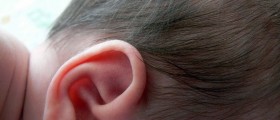
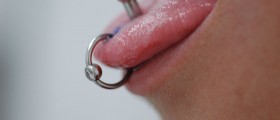
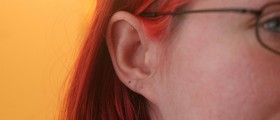
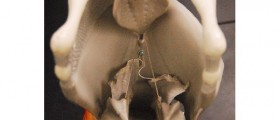
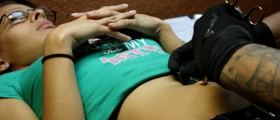









Your thoughts on this
Loading...